When I lived on Vancouver Island, I enjoyed countless hikes in the untamed (or so it was then) wilderness. Especially in the spring when the lower mountain slopes were covered in a carpet of luscious yellow bells. With narrow leaves that project along the length, every erect stem supported one, sometimes two, yellow, bell-shaped flowers.
The upper stem droops downward, giving the flowers the appearance of tiny bells. The heavy soils of the low mountain areas, which baked in the late spring and early summer sun, would age these charming, bell-shaped flowers to an orange tone with brown markings inside.
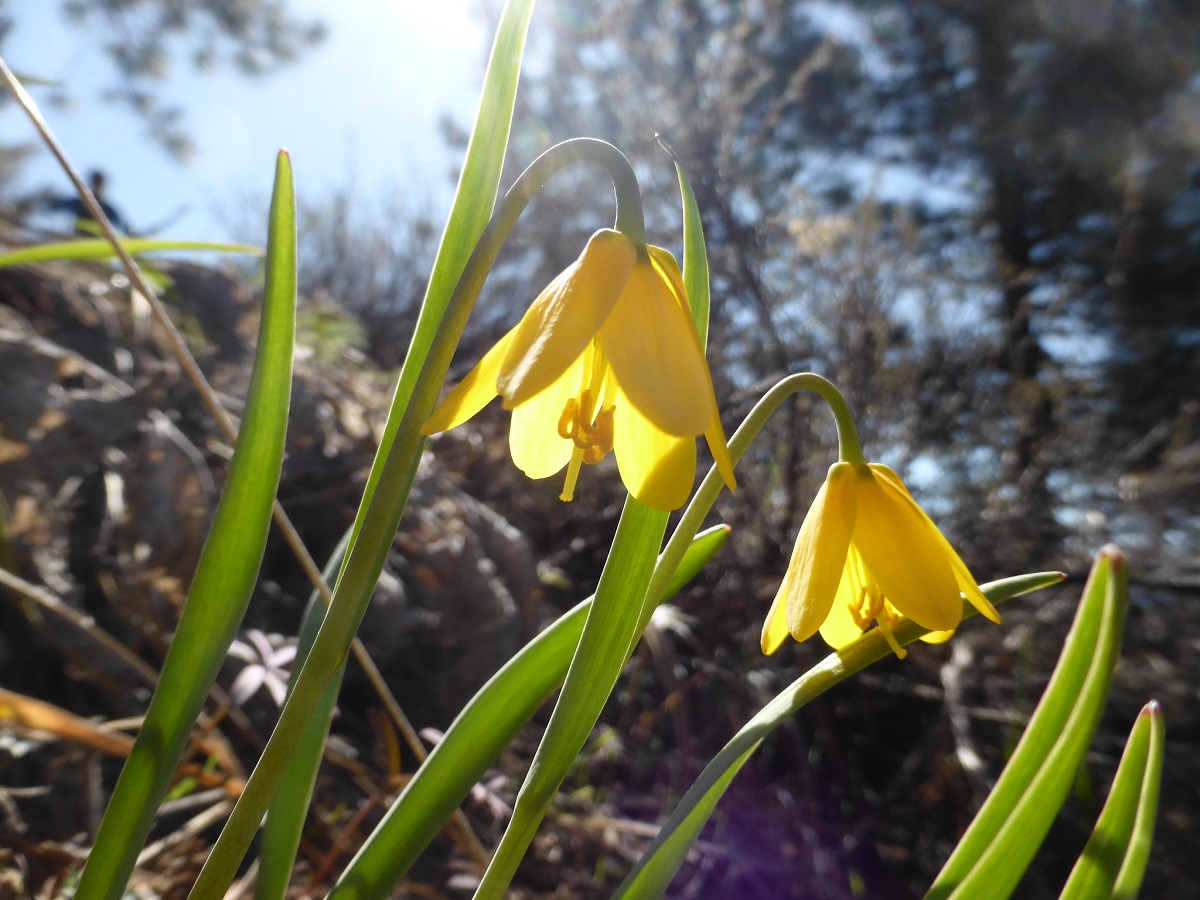
Also known as yellow fritillary, yellow mission bells, or golden bells, the yellow bells are the first of the wildflowers to blossom (usually about the same time as the sagebrush buttercups) after the last of winter washes away. A member of the lily family, Fritillaria pudica is a perennial wildflower that, like lilies, grows from rather small bulbs.
Like other wildflower members of the lily family, for example trout lilies (Erythronium americanum), these early spring flowers are easy to grow, multiply quickly, and are sadly short-lived. Yellow bells is small, like trout lilies, but unlike trout lilies which thrive on shade and well-drained, moist soil, these flowers thrive in loose, dry soil.

This is why it’s a common early wildflower in the high plains, grasslands, and dry ponderosa pine forests of the western North American sagebrush country. This includes Idaho, Montana, Oregon, Washington, Wyoming, Northern California, Nevada, Colorado, North Dakota, and Utah. In Canada, they are found in Albert and British Columbia.
Related Post: Homestead Stories: How I Accidentally Grew Trout Lilies
That doesn’t mean you can’t grow them in your garden. If you have a location with full to light shade, gravelly, or rocky soil, this flower will thrive. It’s very drought-tolerant which is probably why it does so well in my garden.
However, be careful in choosing your yellow bells as there is another plant by the same name that thrives in similar drought settings. Bignoniaceae (Tecoma stans, yellow elder, or trumpet bush) is a large shrub also called yellow bells. It’s popular in gardens in the Arizona desert area where most plants struggle to thrive.
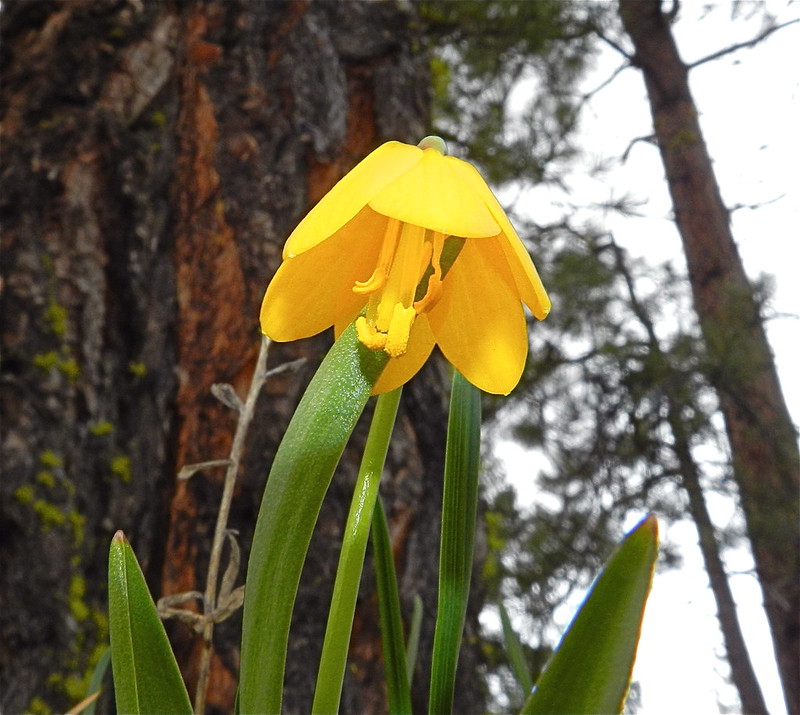
However, the lily’s cousin of the West Coast that’s known as yellow bells, isn’t a shrub, but rather, a small, short-lived spring perennial wildflower that grows between 4 and 10 inches in height. The flower, from which it gained its name, is yellow first, and as it dies, fades to red or purple.
Yellow bells are more than just a pretty spring flower. It’s an herbaceous herb. The bulb can be eaten, fresh raw, or cooked. Native Americans harvested this bulb because it was a good source of food and prolific. It is still eaten, but since yellow bells are not as prolific as they once were, digging and eating the bulbs isn’t encouraged. However, wildlife continues to enjoy them particularly gophers, bears, and rodents. Deer and other grazers enjoy the leaves and seed pods. In gardens, snails and slugs devour the foliage.


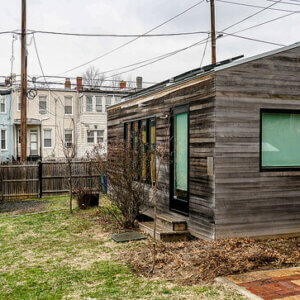


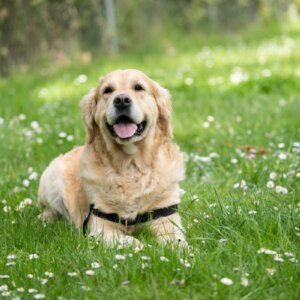
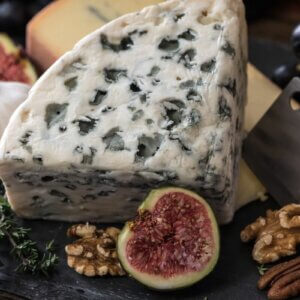
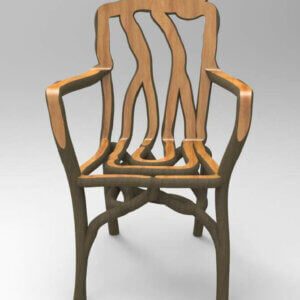

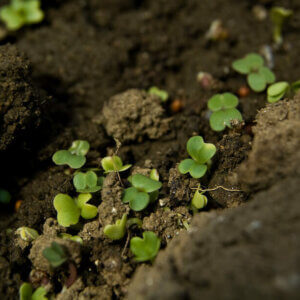



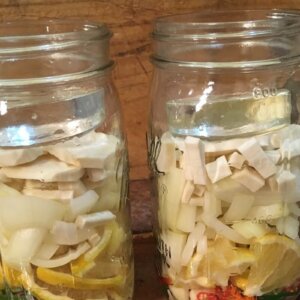
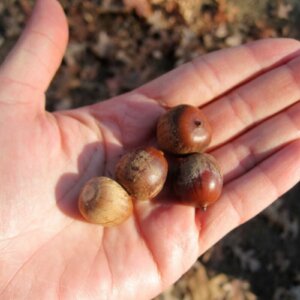
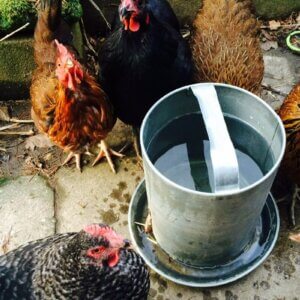
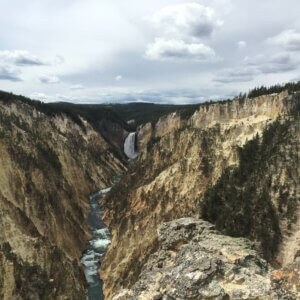

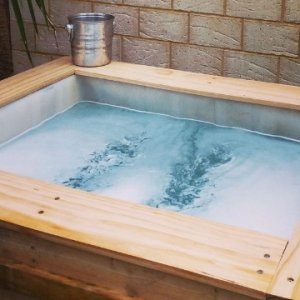
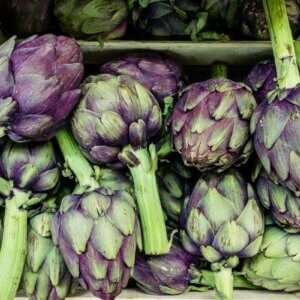

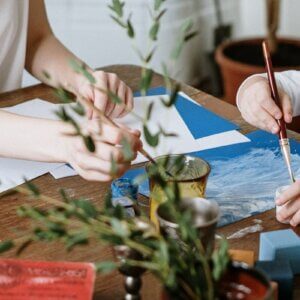

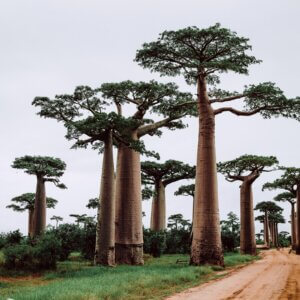
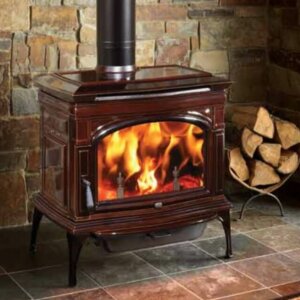




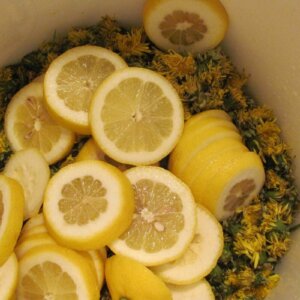
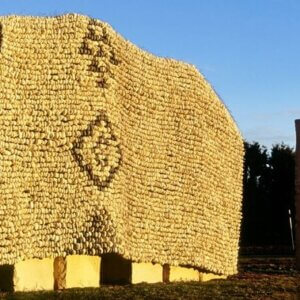
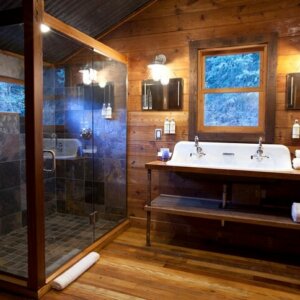
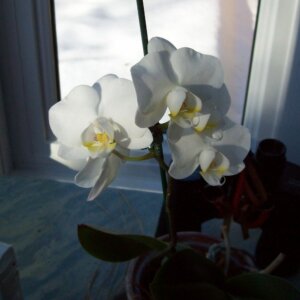

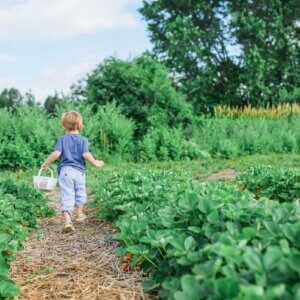
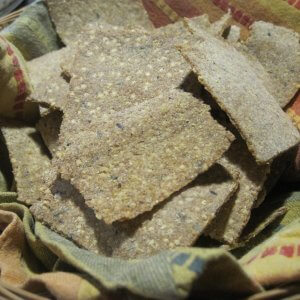
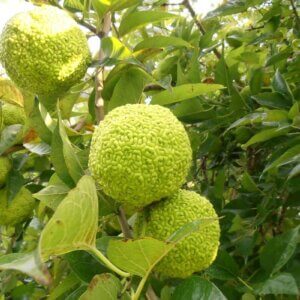
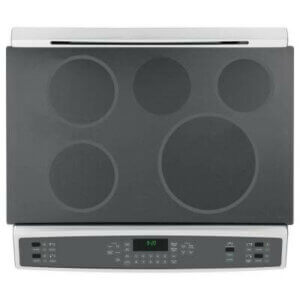


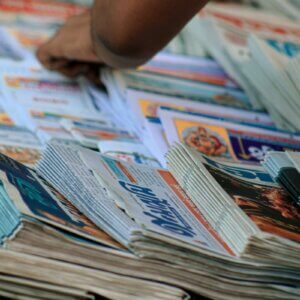
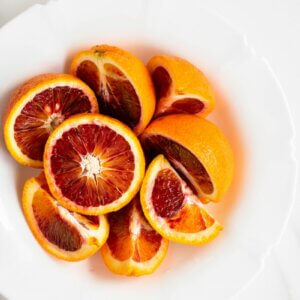
Leave a Reply